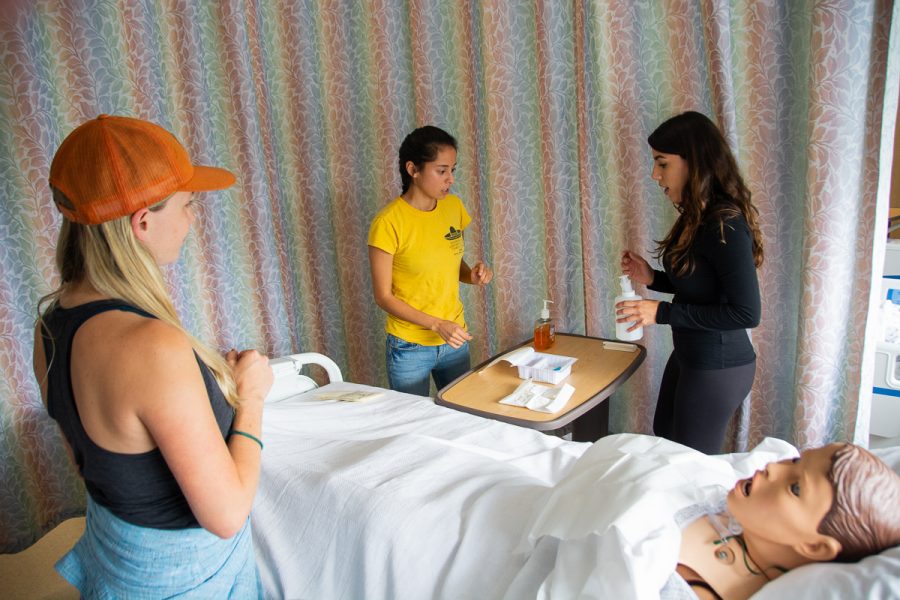City College’s nursing program has replaced its broken wait list system with a new multi-criteria selection process in the hopes of eliminating the shortage of qualified registered nurses the program has historically endured.
The system was replaced in Fall 2015. Its replacement was prompted by the statewide nursing shortage that began in 2008, when California realized it needed to find a way to get more students into nursing programs without having such a large amount of students drop out of the programs.
Assembly Bill 1559 was California’s solution, directing city colleges to employ a multi-criteria system to screen applicants when the bill was approved in 2008.
City College decided the multi-criteria system was the best way to guarantee that those going into the program were going to graduate. Michelle Gottwald, director of City College’s nursing program, called this system “a better way to screen applicants.”
“We want to give them the opportunity to be successful and become a RN,” Gottwald said.
Brian Garcia, an aspiring nursing student, says it has helped him make a plan and maintain his goals.
The multi-criteria selection process uses a point based system, rewarding points for things such as G.P.A., volunteer work, and fluency in another language.
The system gives a certain amount of points based on how successful a student is in all areas of their education. If a student is trying to get into the nursing program, they must be a top student in all areas, even those not necessarily pertaining to nursing.
Among the applicants, 80 percent are taken from the top scoring students while 20 percent are taken from a random pool of those who couldn’t make it into the top percentile. Gottwald says the only downside to this system could be for those who have low G.P.A.s or any other factor that would significantly lower their score. However, the random pool could be the way they are given another chance.
Gottwald says that while city colleges in California have the opportunity to use this system, most of them stick to the typical waitlist. AB 1559 has three options for city colleges with an exceeding number of applicants: a multi-criteria selection process, a random pool, or a combination of the two.
The problem with the waitlists were that they typically had a waiting period of up to four years and students would often either get into other programs while on the waitlist or fail out entirely. This left the program with a large shortage of qualified Registered Nurses at the end of each year.










![Milton Alejandro Lopez Plascencia holds a flag showcasing the United States and Mexico on Feb. 7 in Santa Barbara, Calif. “It’s heartbreaking to see what is happening all across the country,” Lopez Plascencia said. “I [want] my voice to be heard by the community.”](https://www.thechannels.org/wp-content/uploads/2025/05/MGSImmigration-1-1200x800.jpg)




